Washington Warming to Southern Plants
By David A. Fahrenthold
Washington Post Staff Writer
Wednesday, December 20, 2006; A01
A warming climate in the Washington area is beginning to affect the area's trees, with cold-loving species finding the weather less welcoming and southern transplants thriving, according to findings released yesterday by the National Arbor Day Foundation.
In a revised map of "hardiness zones" -- bands of similar temperatures where similar trees are likely to grow in winter -- the foundation reclassified the entire Washington area in the same zone as parts of North Carolina and Texas. In 1990, the region was on the border of northern and southern growing zones, but a foundation official said that has changed after 15 years of balmy winter weather.
The foundation's findings provide a window into the local effects of climate change, scaled down to lawn level. Colorado blue spruce and hemlock, at home in the cold, might have a harder time. Crape myrtles and camellias will have it easier.
The findings also help give an unexpected answer to one of the region's oldest questions. If Washington wasn't the South before, then now -- at least from a gardener's perspective -- the South seems to be coming to Washington.
"You could say D.C. is the new North Carolina," said Bill McLaughlin, a curator at the U.S. Botanic Garden on the Mall.
The Washington area's warming trend is one of many that the foundation detailed across the country as it presented its updated map.
In parts of Michigan, for example, the climate has warmed enough to accommodate southern magnolia trees, said Arbor Day Foundation spokesman Woodrow L. Nelson. Arizona cypress, another southerly species, also suddenly seems a better fit for some sections of the Northeast, he said.
"I mean, who would have thought that an Arizona cypress would be a choice for someone in New Jersey?" Nelson said.
The map divides the continental United States into nine zones, from Zone 2 near the Canadian border to Zone 10 at the tip of Florida. (Zone 1 is found only in Alaska's frigid interior, Zone 11 only in tropical Hawaii.) The zones were mapped by examining local weather data and averaging the lowest temperature recorded in the 15 previous winters.
The last time the U.S. Department of Agriculture presented such a map, in 1990, the Washington area sat on the boundary of two of these bands. Part was in Zone 6, an area from Massachusetts to Kansas where the lows hovered between zero and 10 degrees below. The other part was in Zone 7, stretching across the upper South, where temperatures were between zero and 10 degrees.
But in the foundation's revised map, the southern climate zone has swallowed the remainder of the area, taking in parts of the District, Montgomery County, and western suburbs in Virginia and Maryland. All of Zone 7 has shifted north. The zone now takes in most of Tennessee and Virginia as well as parts of North Carolina, Arkansas and Oklahoma.
Climate experts say no single cause can be found for the higher temperatures in winter. But most scientists think climate change -- the gradual warming of the planet as carbon dioxide and other pollutants prevent heat from escaping the atmosphere -- has undoubtedly played a role.
"Certainly, part of it is attributable to the increase in greenhouse gases," said Jay Lawrimore, who oversees climate monitoring for the National Oceanic and Atmospheric Administration. "But then there's natural variability as well." This week, for example, meteorologists have said the region's unusually warm weather could be linked to the natural atmospheric phenomenon El Ni?o.
As dramatic as the Washington area's shift was, it probably won't mean a rash of crashing timber. Local horticulture experts said many of the area's most popular species -- maple, oak and river birch -- will still tolerate higher temperatures.
The biggest effects are likely to come on the extreme ends of the spectrum: Such species as the Colorado blue spruce, native to places colder than Washington has ever been, could be under stress. Such species as needle palms, native to the southeastern United States, could do better.
"The trees are not going to die, and you shouldn't go out and cut anything down," said Nelson, of the Arbor Day Foundation. "We're saying . . . now that we've got a warmer climate, consider different trees."
In interviews yesterday, some area gardening experts said they had already seen the effects of warmer weather. At the Montgomery cooperative extension office, horticulture specialist Chuck Schuster said that crape myrtles were doing better than he had ever seen.
"It was something that I would never consider planting" years ago, Schuster said. "But now they're thriving."
Some people see a bright side to this trend: It could bring more options for planting.
"Whenever you get warmer, that's a good thing," said Lenny Martinko, general manager at the American Plant Food store in Bethesda.
But at the Botanic Garden, McLaughlin had mixed feelings. He was glad to find that such species as the needle palm or the yaupon, a holly native to areas farther south, could be raised more easily. But then, he said, he thought of the impact on the species that belong here: native plants that might find their growing seasons shifted, their life cycles out of sync with pollinating insects, if warming trends continued to affect them.
"It's exciting, in a way," he said. "It's alarming, when you look at native plant communities."
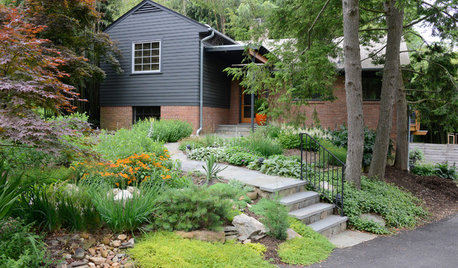
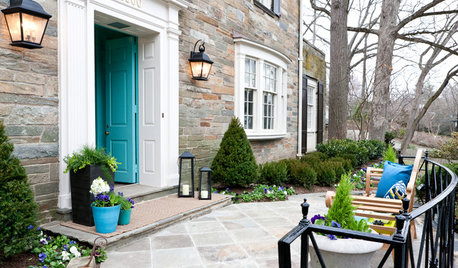

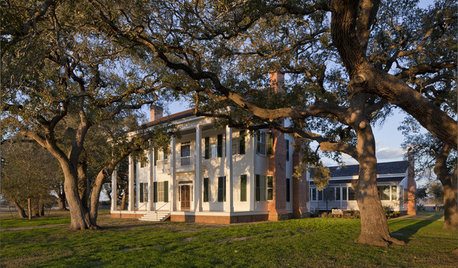
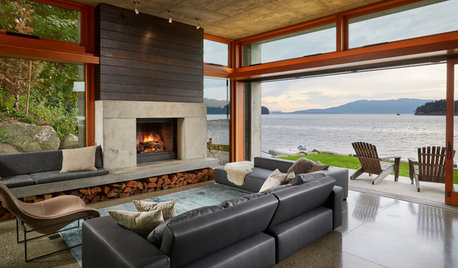
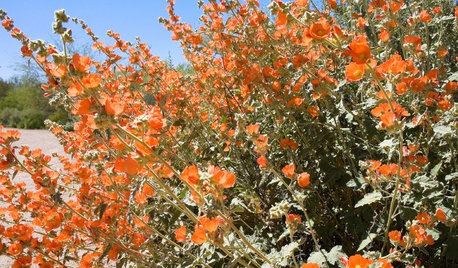
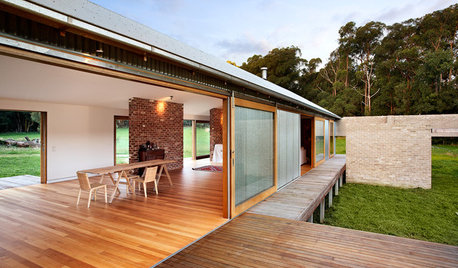
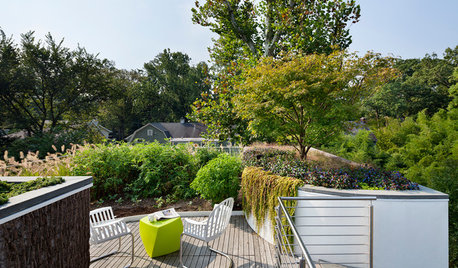
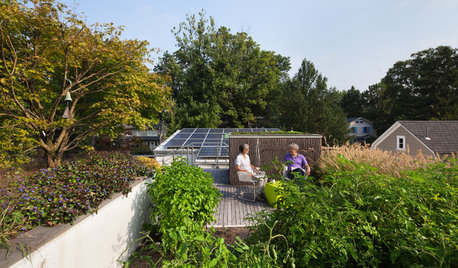
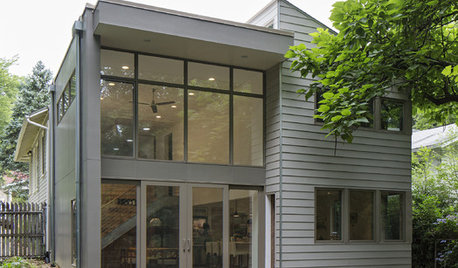



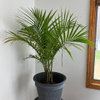
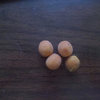
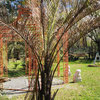
dbrya1
bihai
Related Discussions
Washington DC Balacony
Q
bulbs in the Baltimore/Washington DC area
Q
Palms popping up around Washington, DC
Q
Washington DC area and North....what are you overwintering?
Q
birdinthepalm
dragontek
orchiddude
sgtksw05
brian_k
watergal
spockvr6
orchiddude
dragontek
spockvr6
orchiddude
dbrya1
topher2006
the_virginian
lovethosepalms
the_virginian
pricklypearsatx
islandbreeze
watergal
JohnnieB
pricklypearsatx